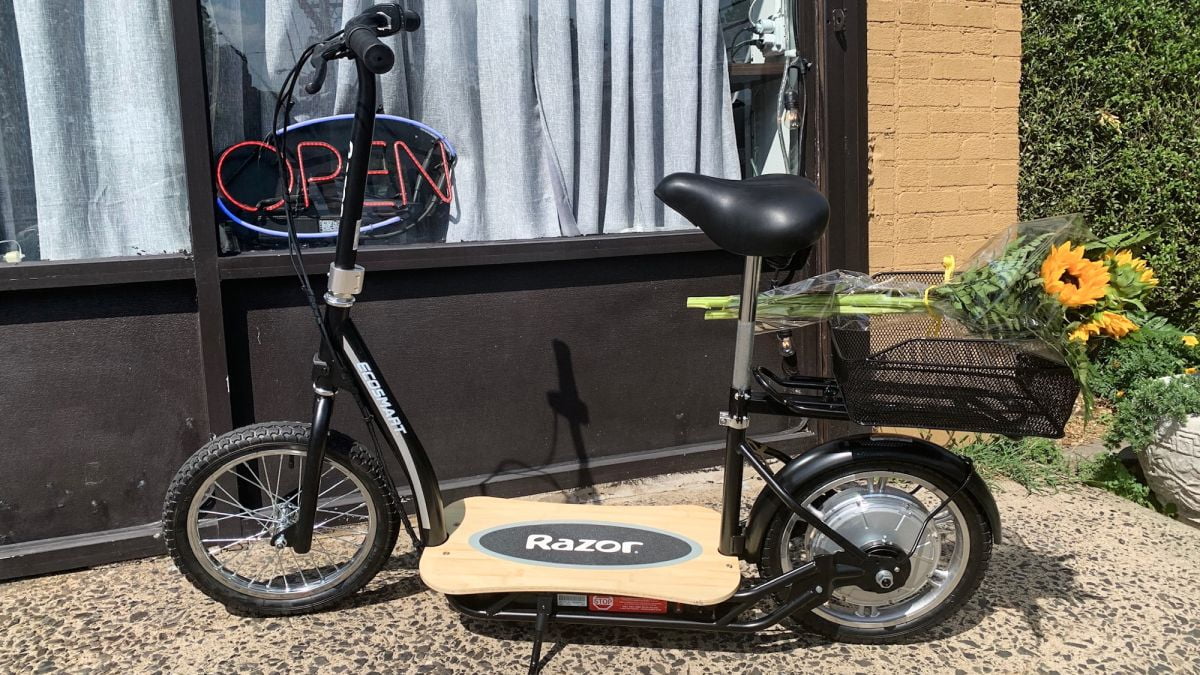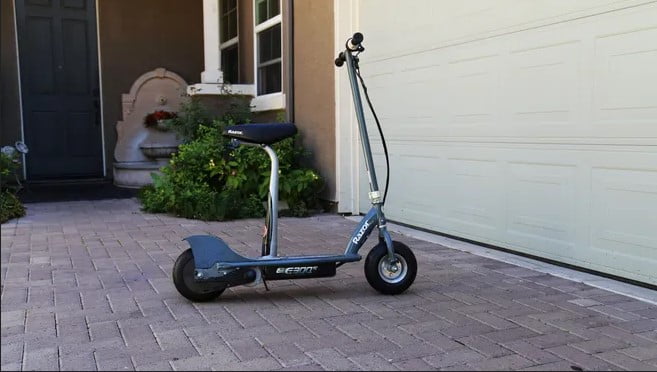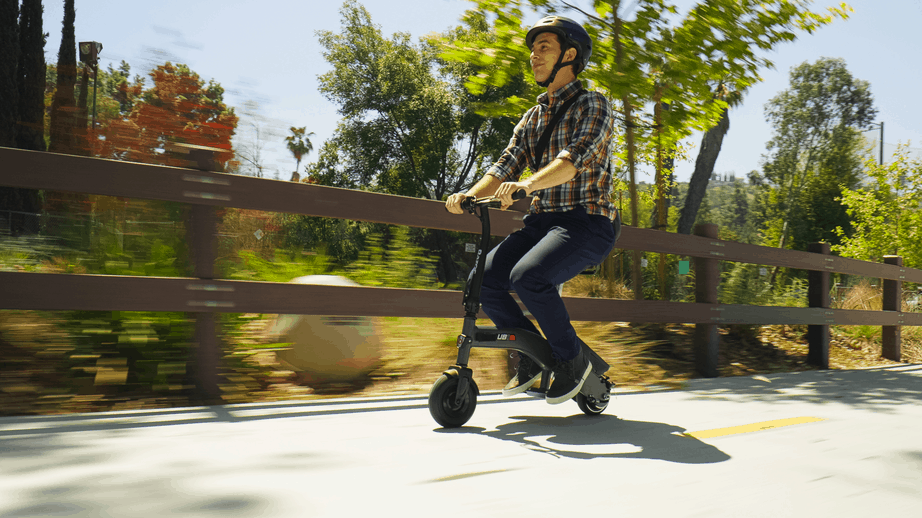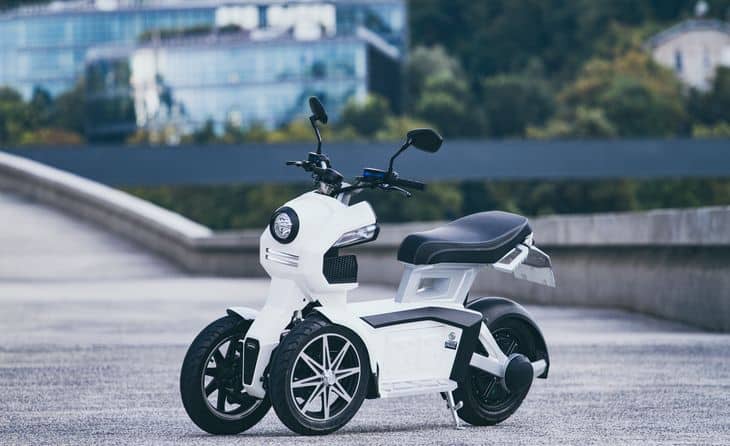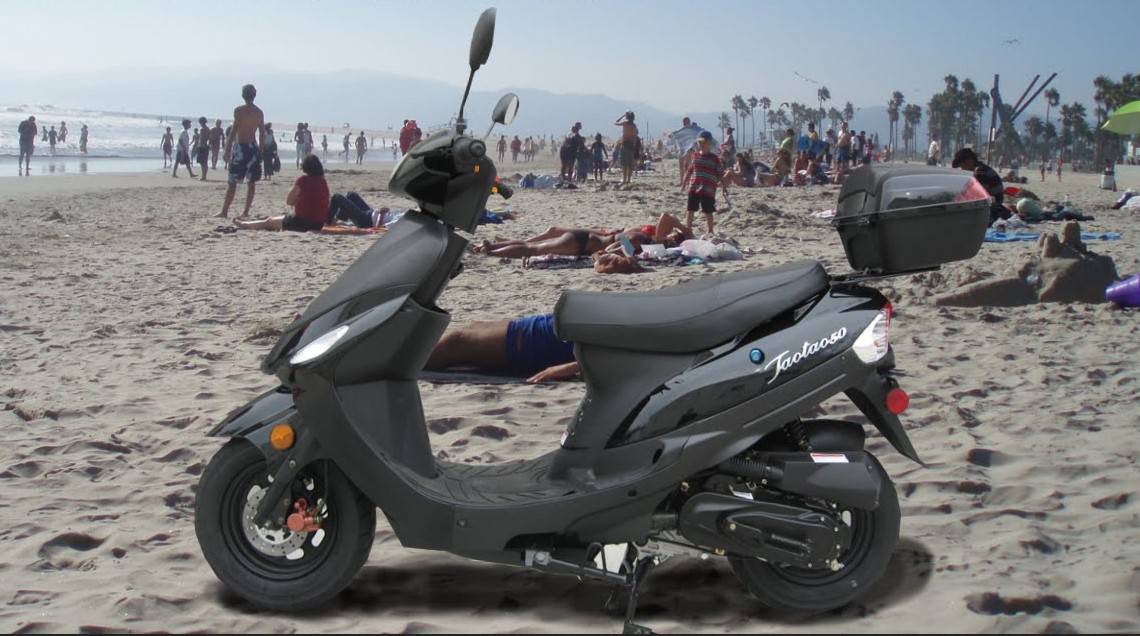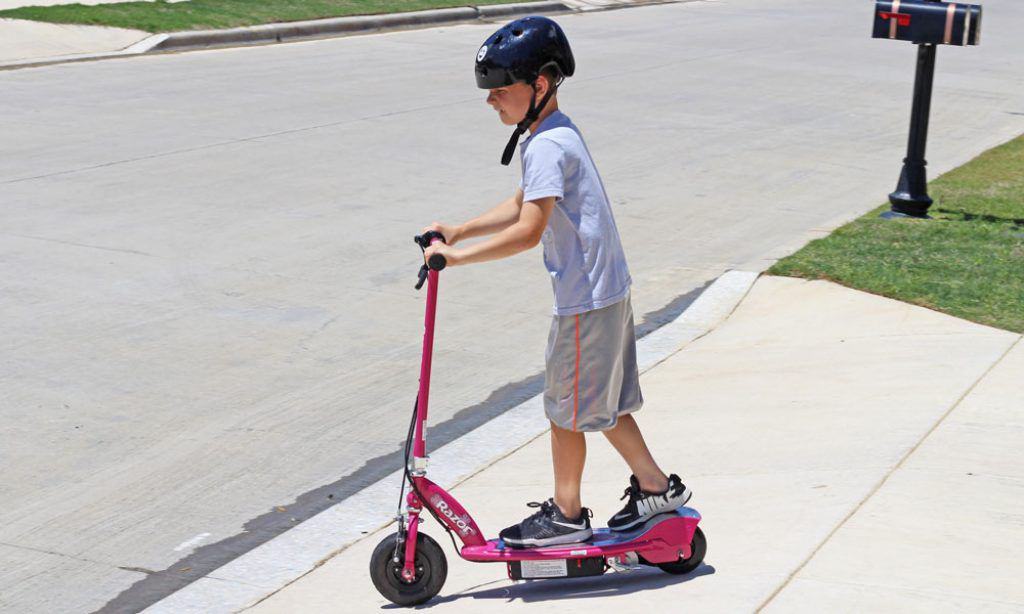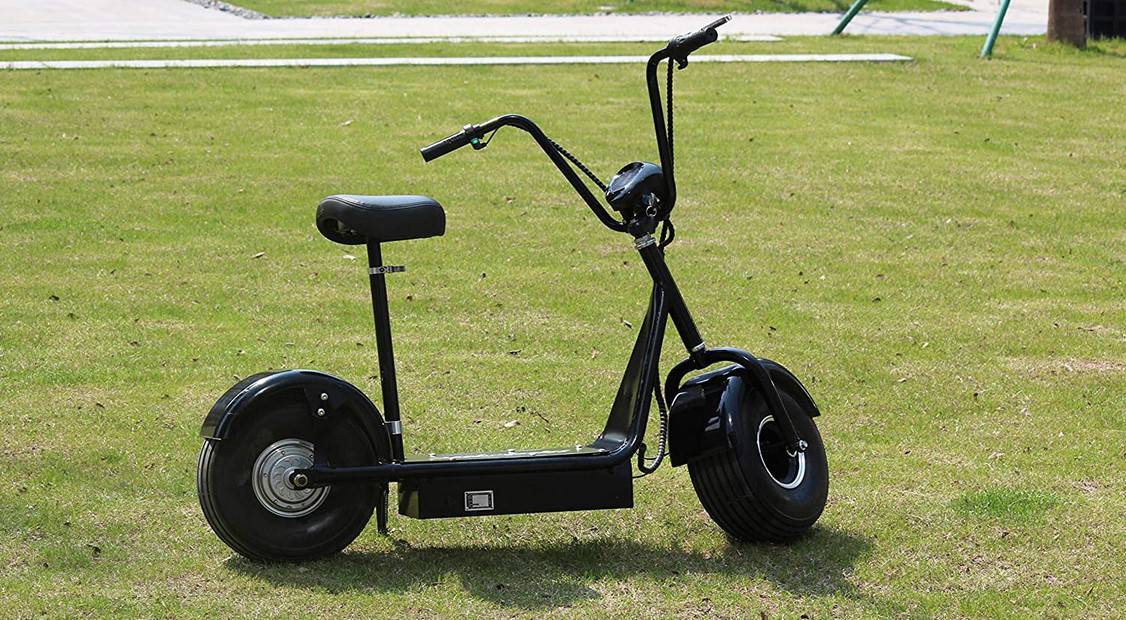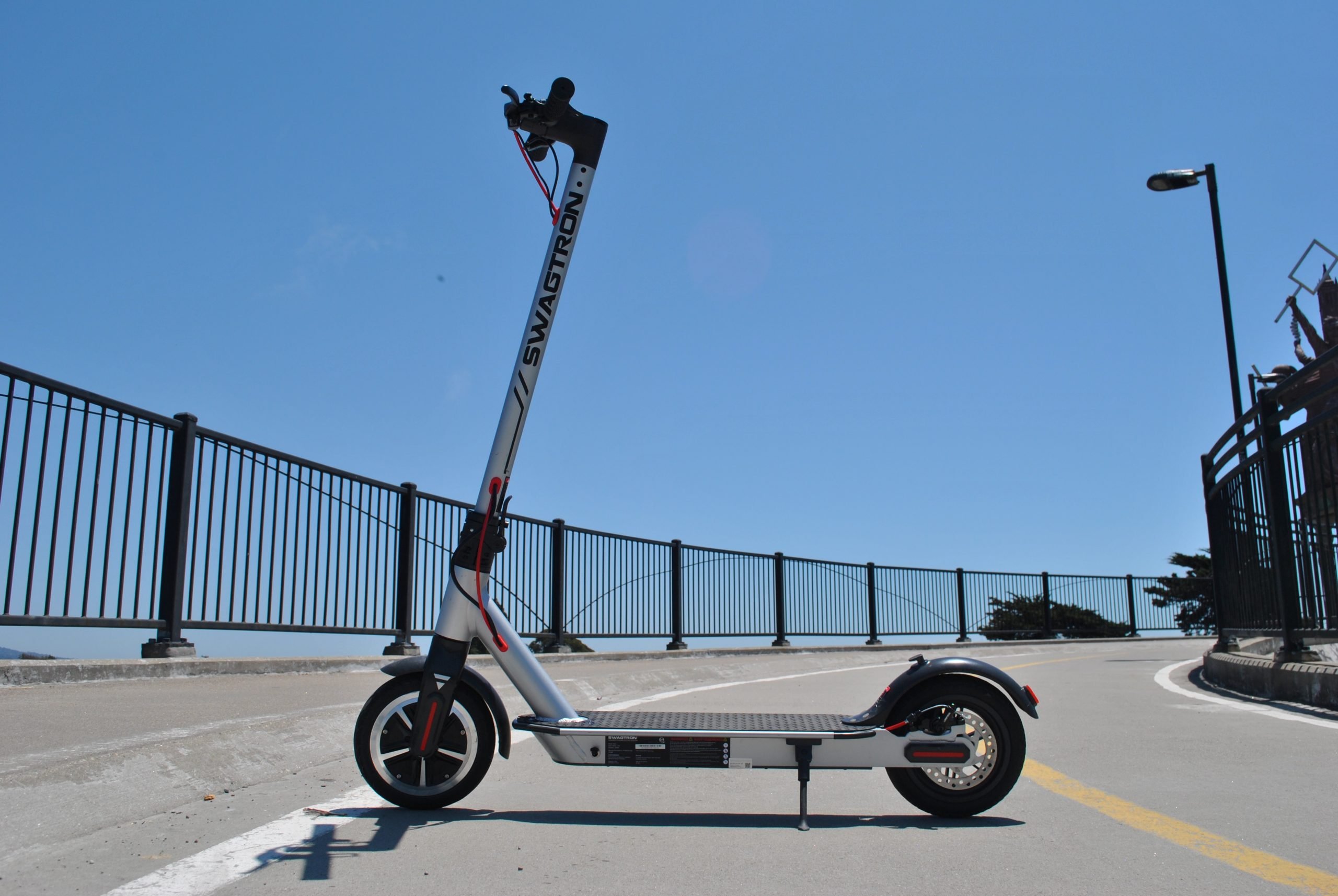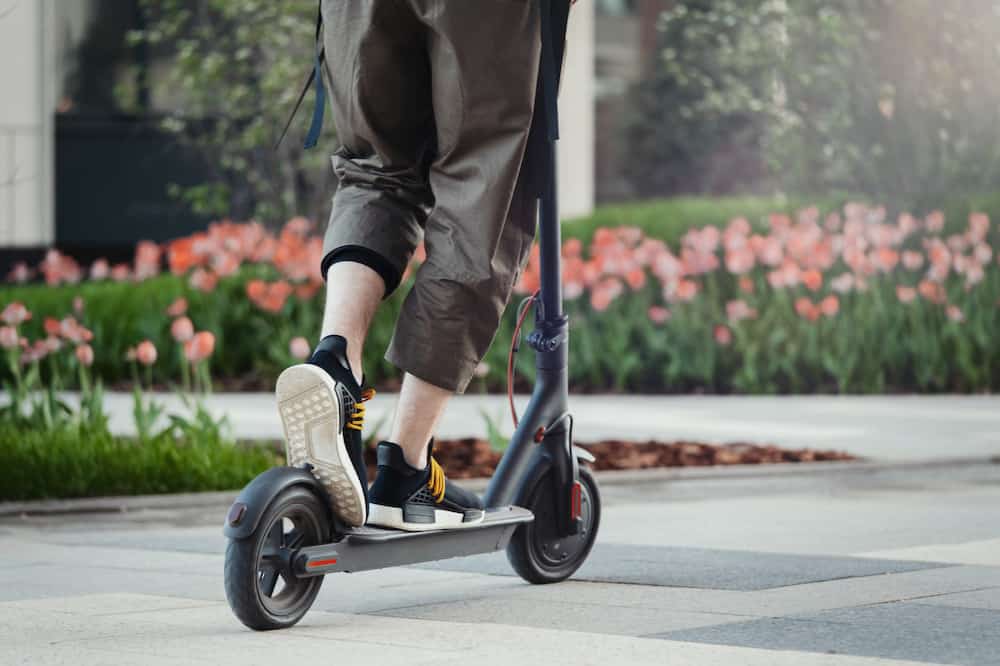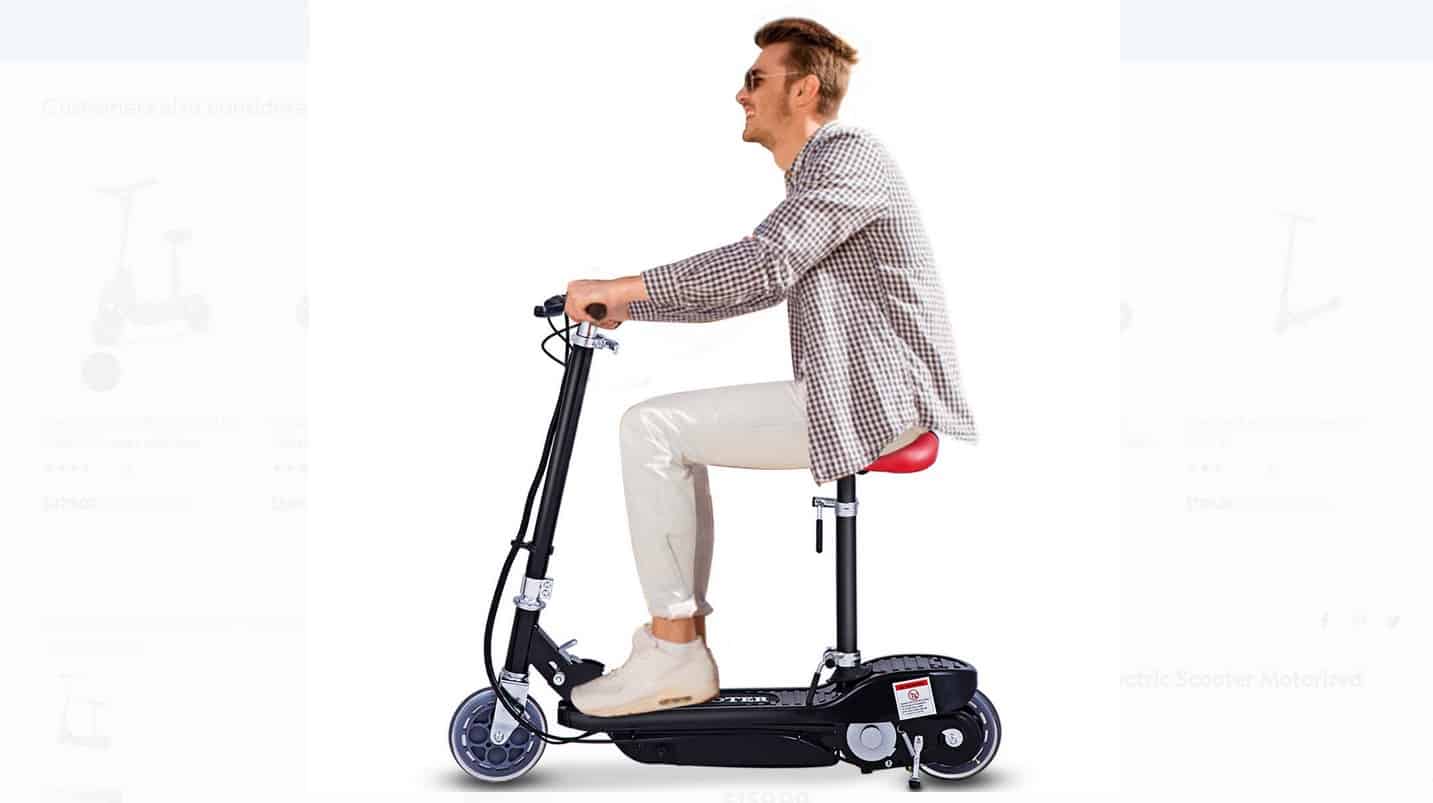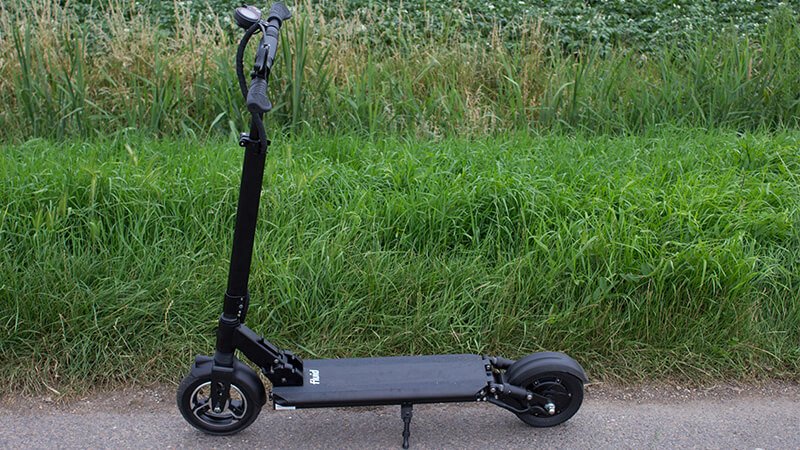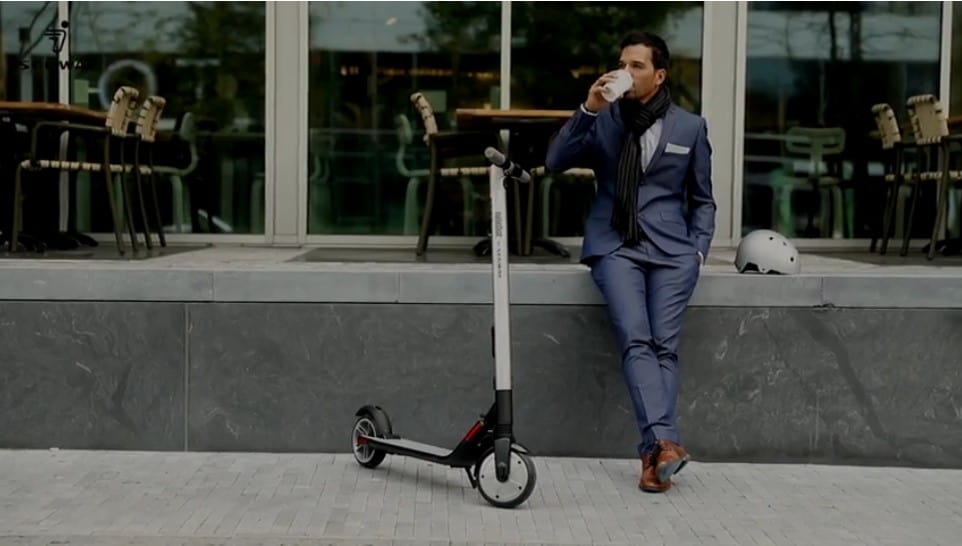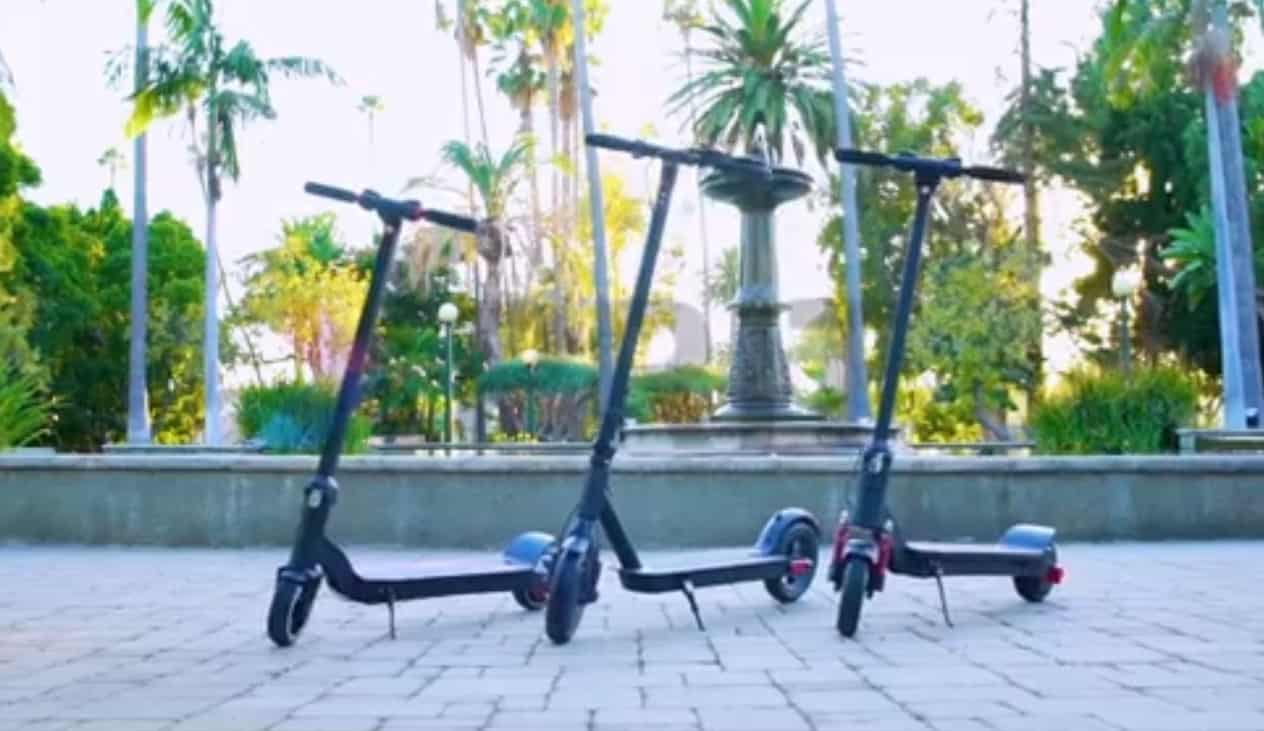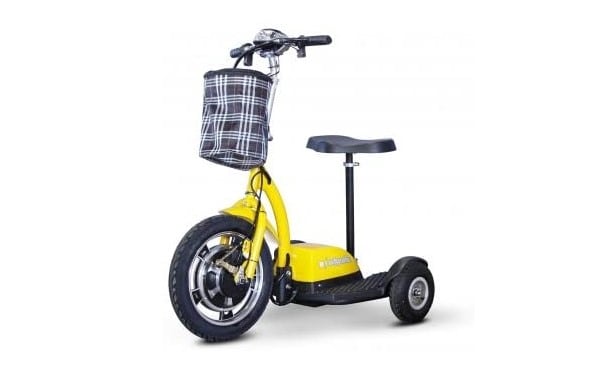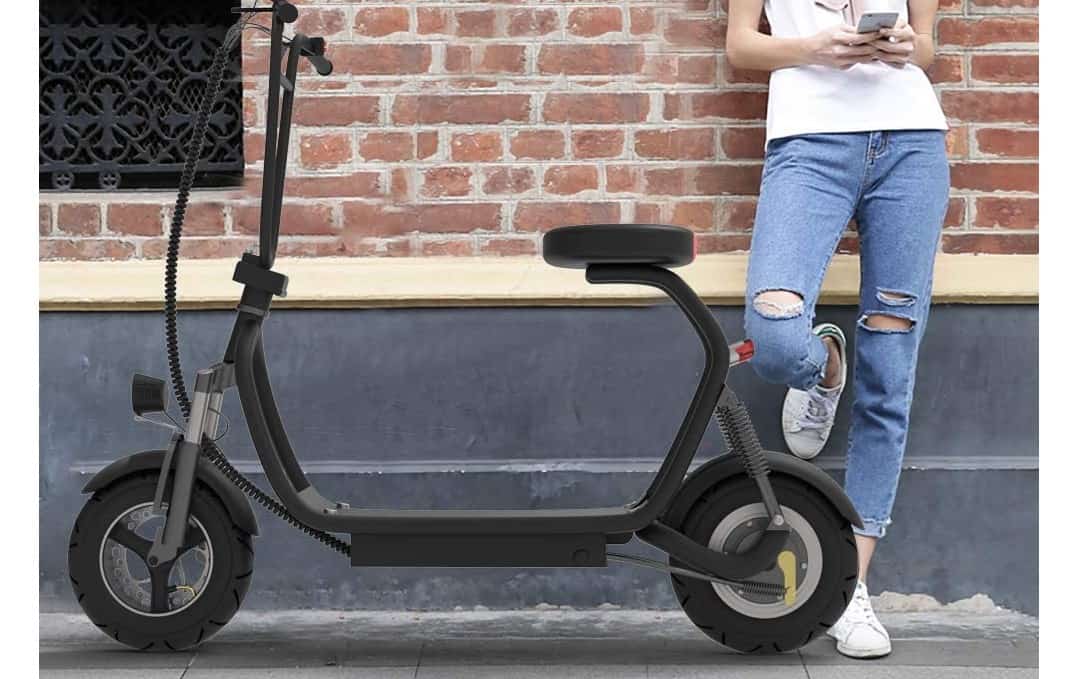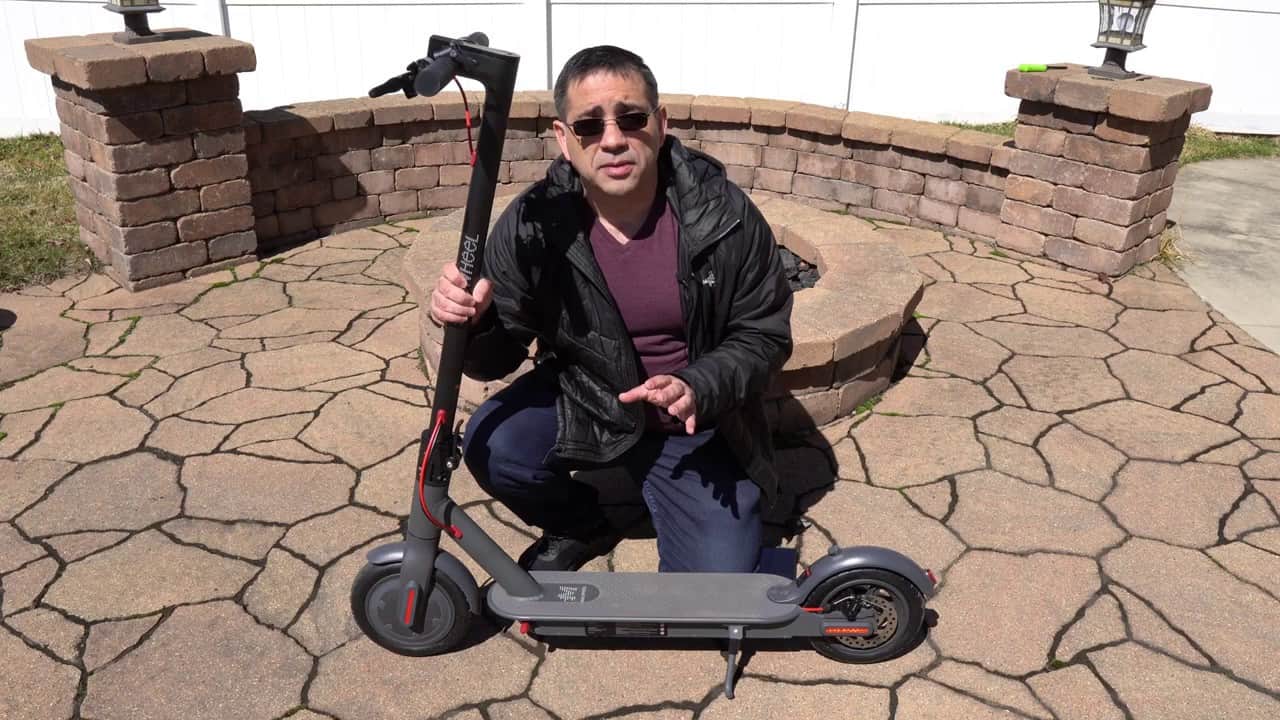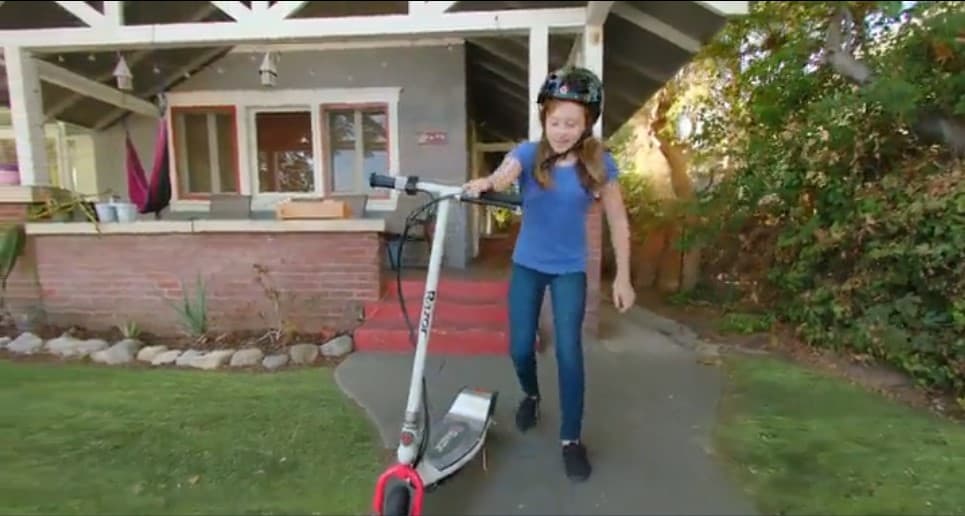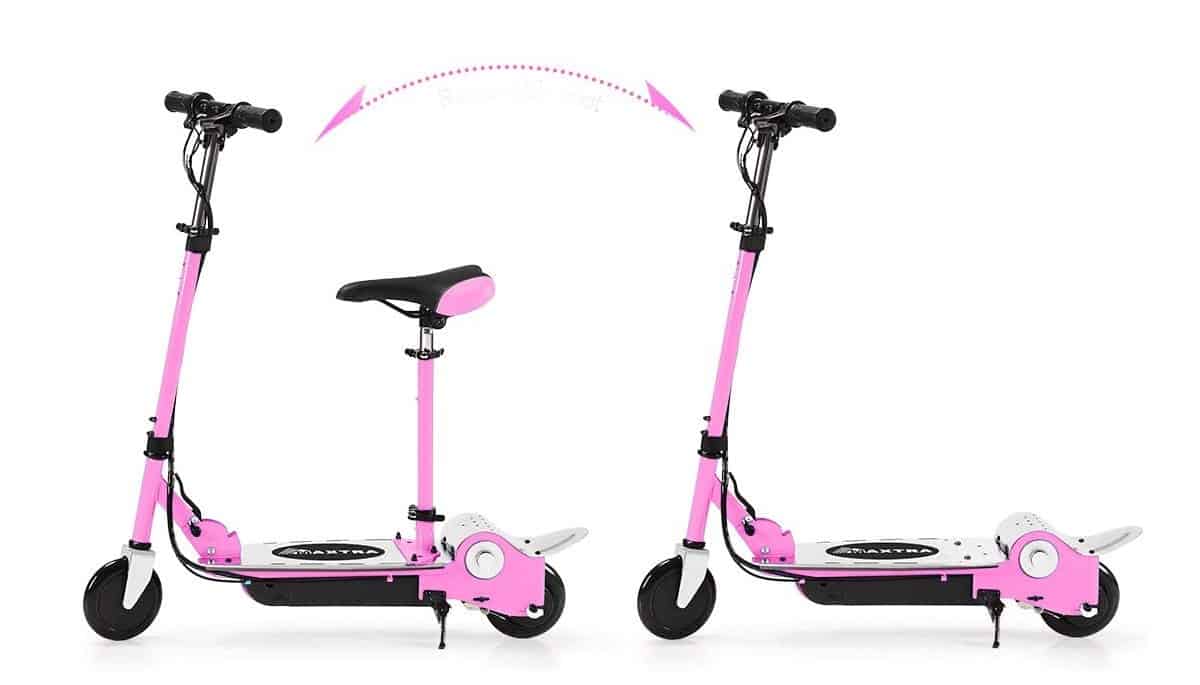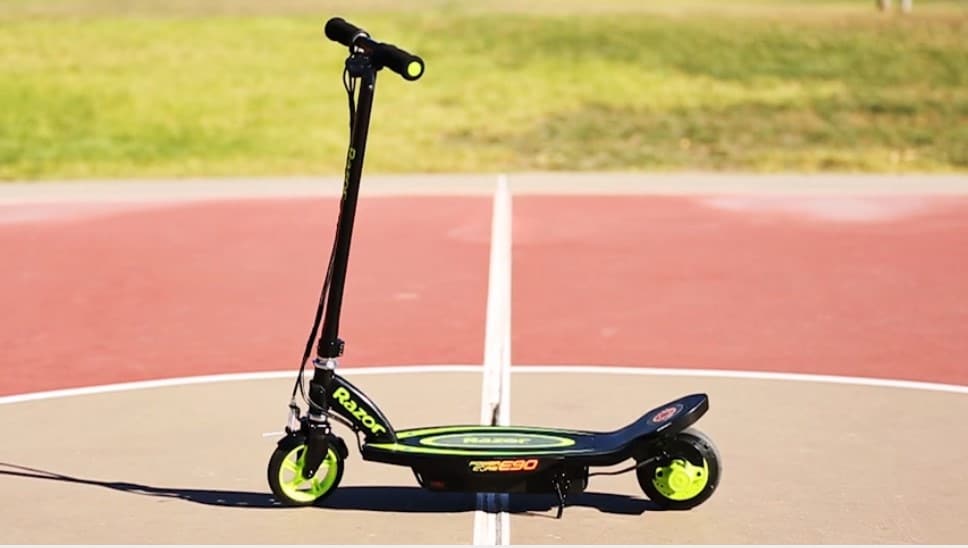Whether you’re trying to save some money on an expensive visit to a professional or simply enjoy DIY electronics projects, knowing how to wire a top-tier electric scooter is a great skill to have under your belt. It’s also a fairly quick and easy job and one that doesn’t require expertise in electronics as long as you’re careful and organized.
KEY TAKEAWAYS:
- Wiring an e-scooter is generally easy and straightforward and requires no electronics experience
- Caution must always be taken when connecting batteries to components
- DIY wiring is a great way to avoid a hefty bill from a professional
Below we’ll explain how to read wiring schematics or diagrams for e-scooters and walk through the general steps required to get the job done. Keep in mind that these steps may differ somewhat from model to model.
What is a Wiring Diagram?
A wiring diagram is a blueprint or illustration of the physical layout and connections of a circuit or a larger electrical system. A wiring diagram is used as a guide to show how wires are connected and where components can be connected to a system.
Insider Tip
E-scooters will cost you anywhere from $100 to $400, with some high-grade models costing around $1,000.
Wiring Diagrams vs. Schematics
A schematic illustrates the design and function of a circuit, but not the actual layout of the wires physically. Wiring diagrams, by contrast, illustrate how wires connect components, where they should each be located, and the overall physical connections of all components in a given device.
Standard Symbols on Wiring Diagrams
The symbols you’ll find used on most wiring diagrams are fairly straightforward visual representations of the physical items involved in the design. The symbol for a resistor, for example, will generally be several squiggly lines representing the restriction of current through a component or wire, an antenna will be represented by one straight line with three smaller angled lines branching off one end of it, and so forth for each part.
The standard symbols you’re likely to find in a wiring diagram for an electric scooter will be as follows:
- Wire- conducts electrical current
- Fuse- automatically shuts off flow when a current exceeds a set level
- Toggle/Power Switch- stops the flow of current when open
- Battery- Stores charge and provide a constant voltage
- Push switch- allows temporary current flow while pushed in, stops flow when released
Insider Tip
There are variances within each motor type, but a 350W motor should be able to handle inclines up to 10 degrees.
Wiring Schematic For an Electric Scooter
A basic wiring schematic for an electric scooter will show visual representations of the following components and the proper wiring needed to connect them, usually referred to as the speed controller’s wiring directions. The components are:
- Speed Controller
- Power Switch
- Battery Charger Port
- Throttle
- Battery Pack w/ Fuse or Circuit Breaker
- Motor
In this basic diagram, you’ll see that all components are wired directly to the speed controller, with the exception of the battery pack or packs, whose positive (red) terminal will be connected to the speed controller via a fuse or circuit breaker using two positive (red) wires, with one black (negative) wire connecting the battery’s negative terminal directly to the speed controller’s black (negative) battery terminal.
Be sure you have the correct fuse or circuit breaker as specified by the wiring diagram- not doing so could result in damage to the components as well as non-functionality. You will be glad to know that we have a DIY for how to repair an electric scooter controller.
Wiring an Electric Scooter
Whether you’re building your electric scooter from a kit or rewiring an already built and complete scooter, wiring an electric scooter is fairly simple and easy using the wiring diagram written for your specific model or kit. If you’ve lost the wiring diagram or it was not physically included, you should easily be able to find a PDF of it by searching the manufacturer’s site or Googling the make and model number.
Also, keep in mind that you should never attempt wiring while a device is connected to power.
Basic Steps:
- Using the wiring diagram as your guide, connect all components (power switch, throttle, motor, battery charger port) EXCEPT for the battery.
- If your scooter uses more than one battery, connect the batteries first using a positive (red) wire from the positive (red) terminal of the first battery to the negative (black) terminal of the second battery.
- Then, carefully connect the positive (red) terminal of the second battery to your fuse or circuit breaker using a positive wire, and connect the fuse or circuit breaker to the speed controller using another positive wire.
- Connect the first battery pack to the speed controller from its negative (black) terminal using a negative wire.
- Double-check that your wires carefully to be sure you’ve connected them all correctly, and flip the power switch to “on”
While wiring your electric scooter should be extremely simple and relatively quick, always be very careful to connect positive and negative terminals on batteries correctly- connecting batteries incorrectly can cause immediate and permanent damage to connected components, and even result in injury. DIY lovers may also enjoy learning about how to test your electric scooter battery.
Warning
You will likely have to purchase some safety gear, such as a helmet, knee pads, and arm pads.
F.A.Q.
Is a wiring diagram different from a schematic?
Yes, a wiring diagram illustrates the physical connections between components and the wires needed, while a schematic is generally a blueprint for the function and direction of electrical current.
Is it safe to do my own wiring on my electric scooter?
If done carefully and strictly by the instructions and guidance of a wiring plan, it’s fairly safe and easy to do your own wiring, though there is always some risk of injury when electrical current is involved, especially when it comes to wiring batteries.
How is a wiring diagram different from a pictorial diagram?
Though their function is similar, a wiring diagram uses symbols and shapes to represent wires and components, whereas a pictorial diagram generally uses detailed drawings or photographs with clear labels on each component.
Why do my own wiring for my electric scooter?
There are a couple of different reasons people choose DIY wiring for their e-scooters rather than taking them to a professional- primarily, it’s to save money- wiring an e-scooter is a fairly simple and straightforward job that doesn’t require any expertise, but that still could be relatively expensive to have done by a professional. The other is that many simply enjoy doing DIY repairs or building from DIY kits or designs.
STAT: The speed controller is the hub component of most e-scooters that all other components are wired directly to (source)
REFERENCES:
- https://support.electricscooterparts.com/support/solutions/articles/1000118908-basic-electric-scooter-bike-wiring-schematic
- https://www.youtube.com/watch?v=GHhcyH99inE&ab_channel=Upmation
- https://visforvoltage.org/forum/11041-battery-wiringr
- https://www.electricscooterparts.com/battery-pack-wiring.html
- https://escooternerds.com/electric-scooter-performance-voltage-wattage-capacity-amps

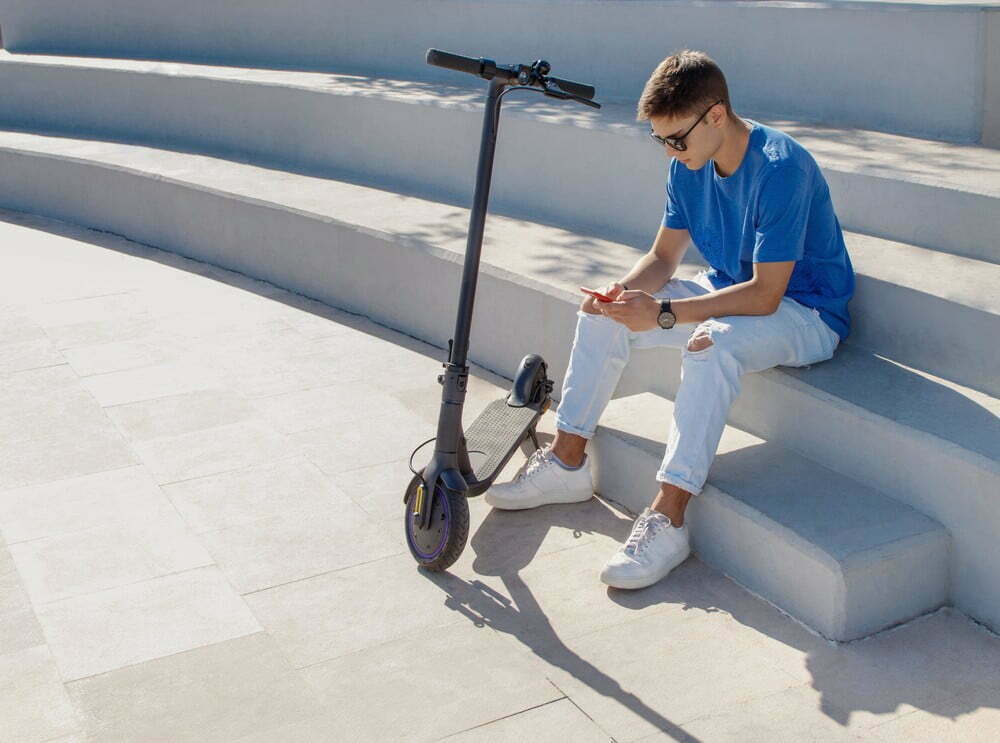













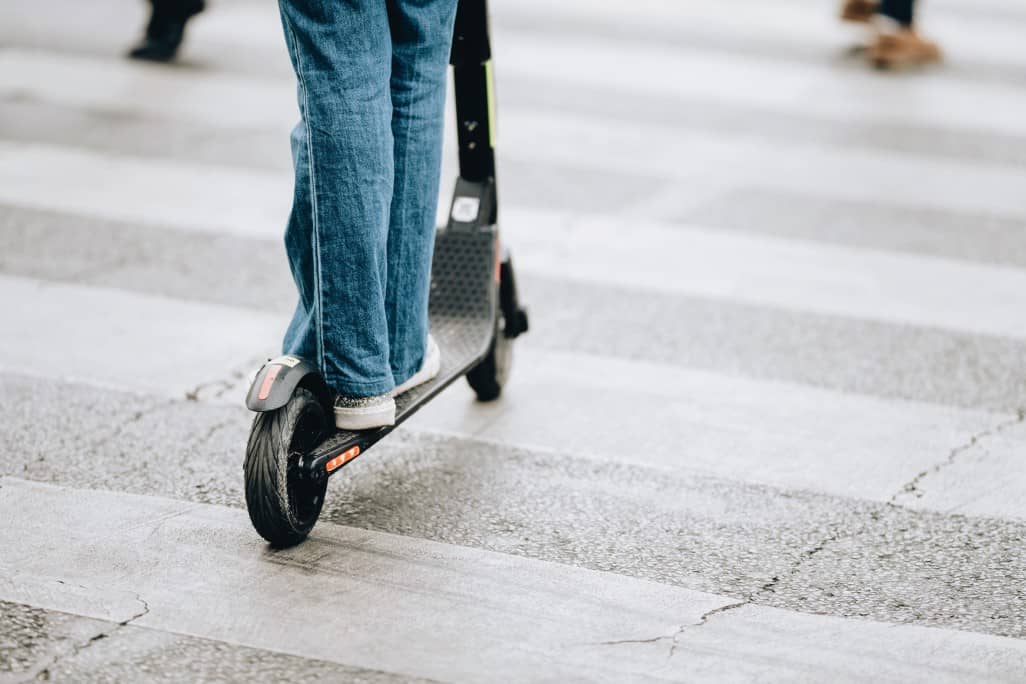
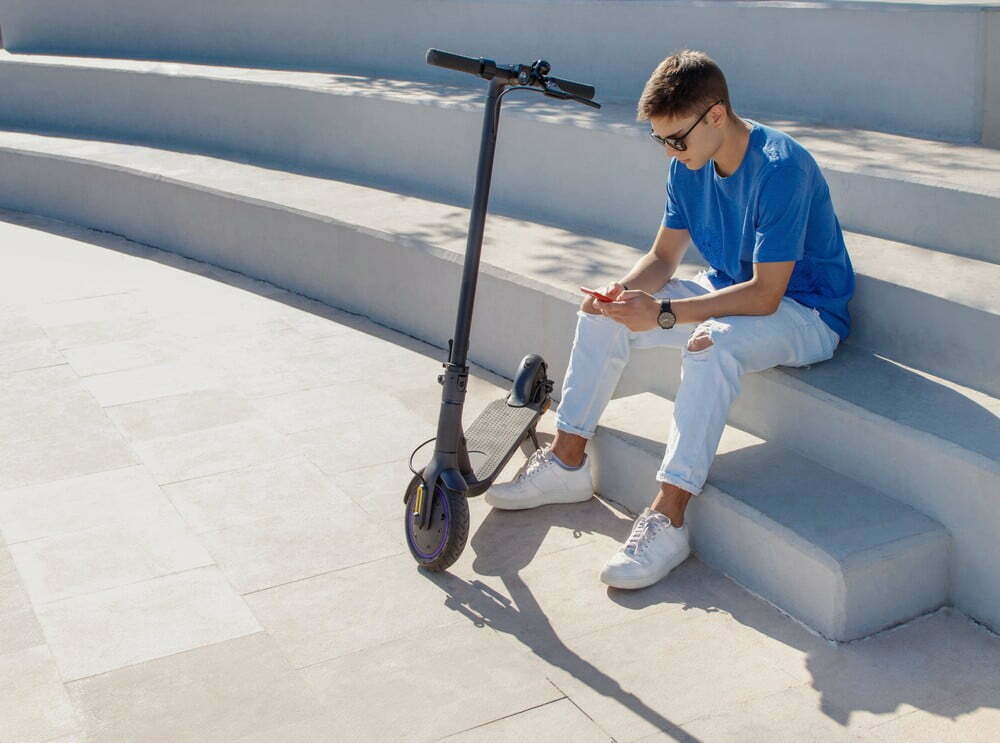

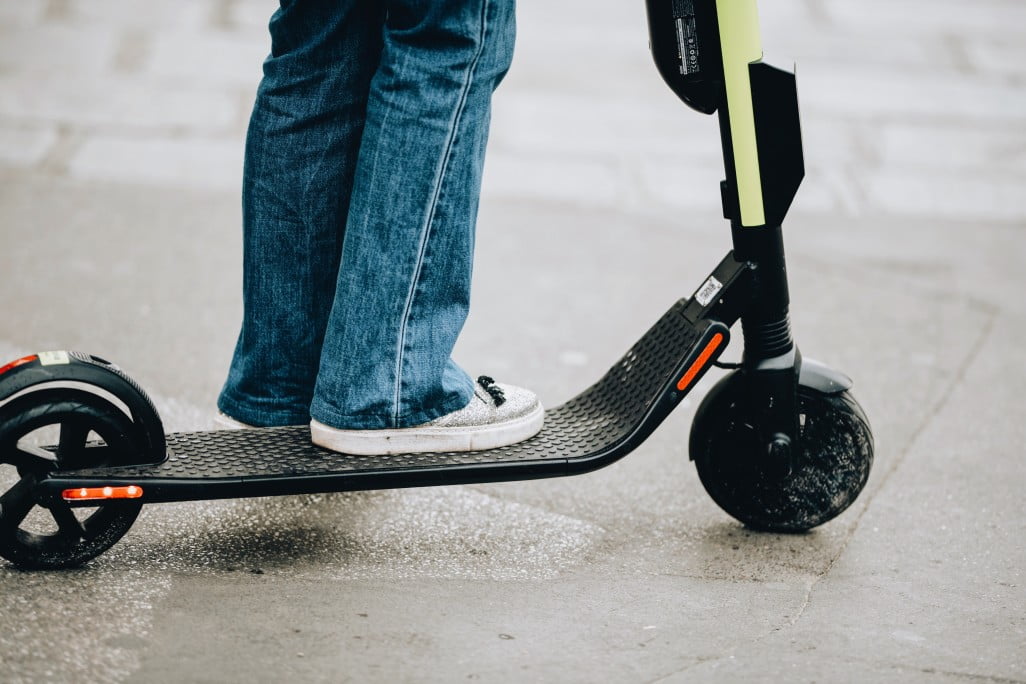
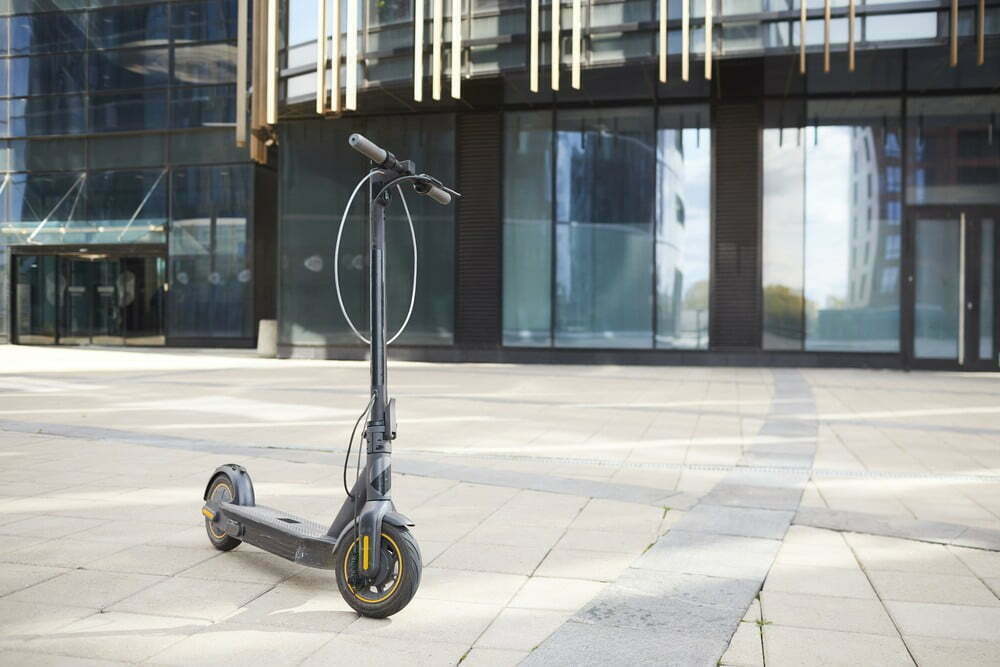
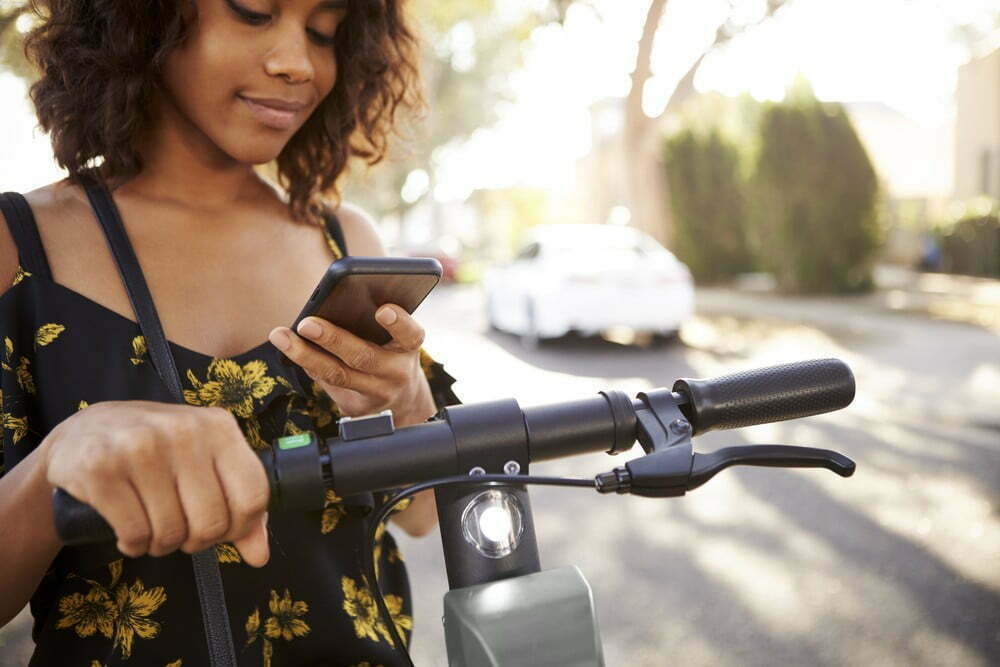


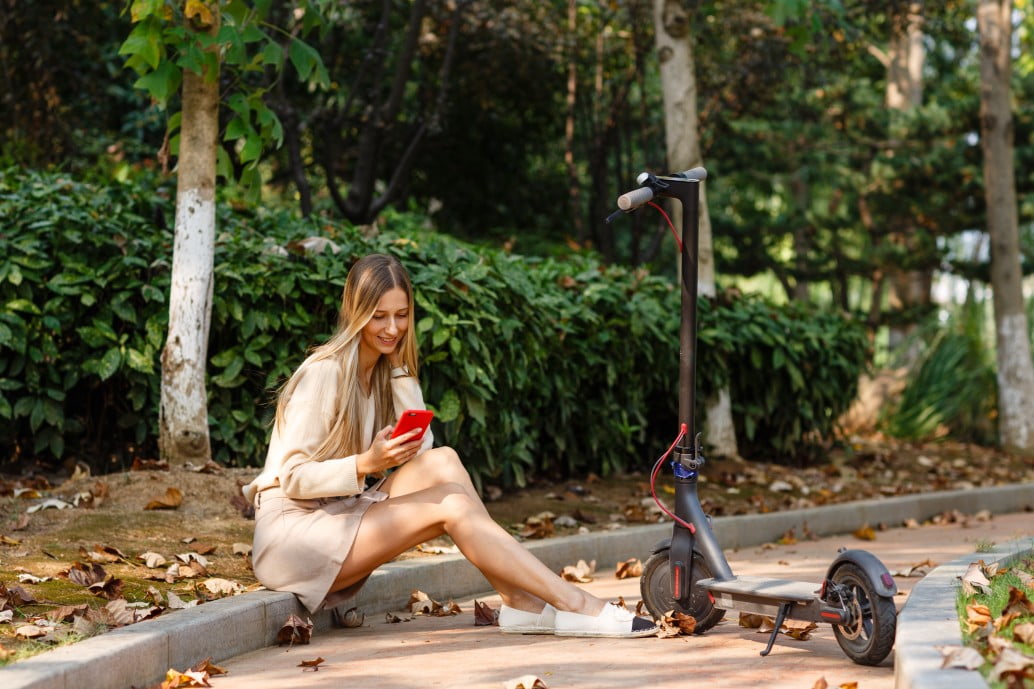
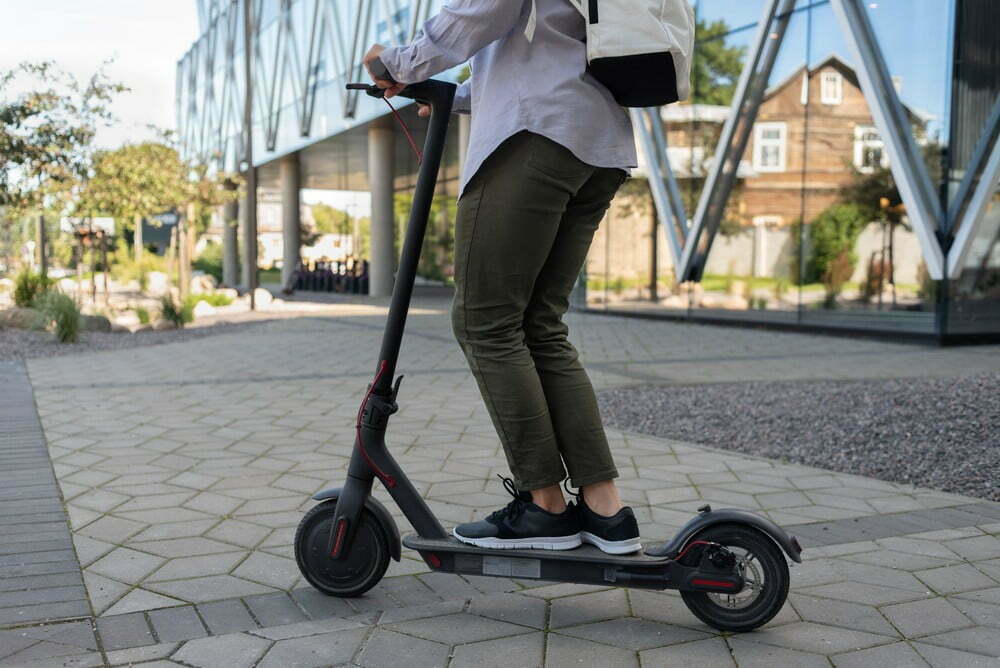
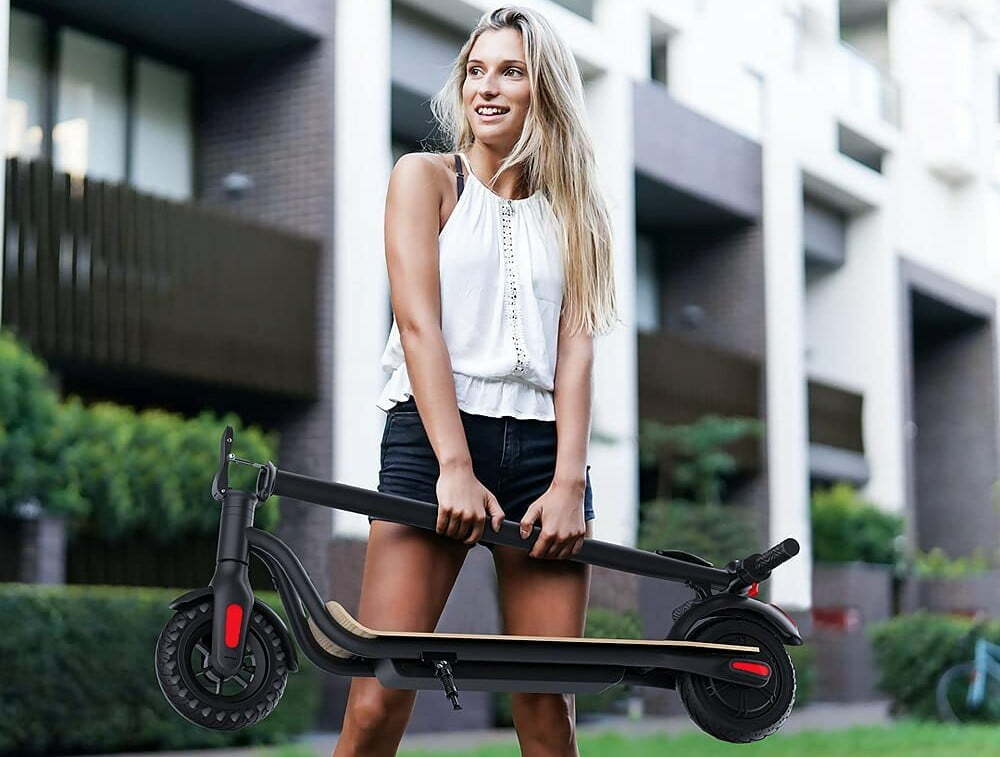
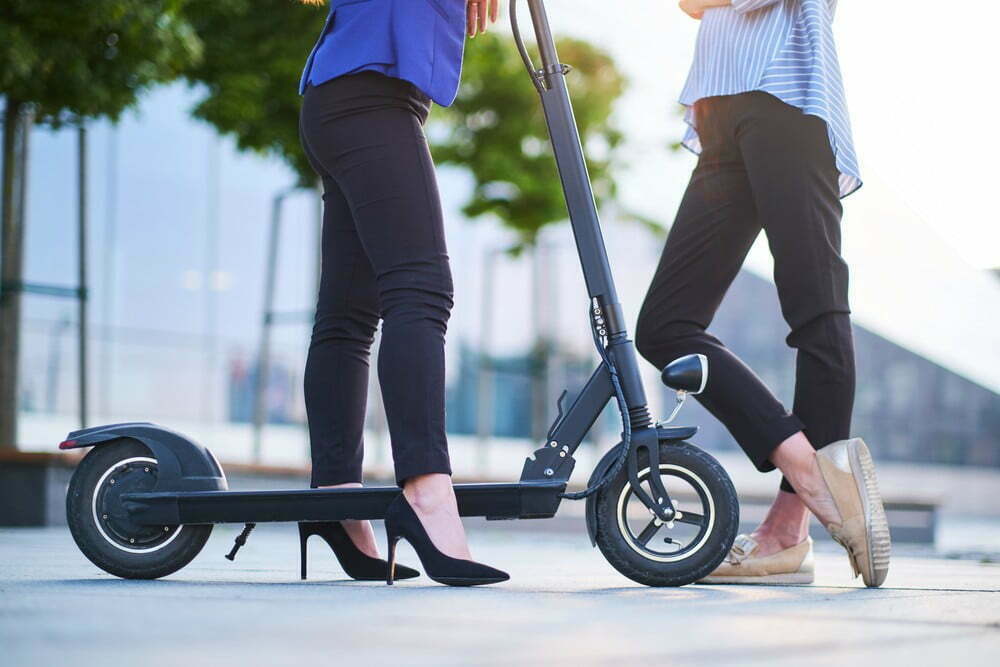
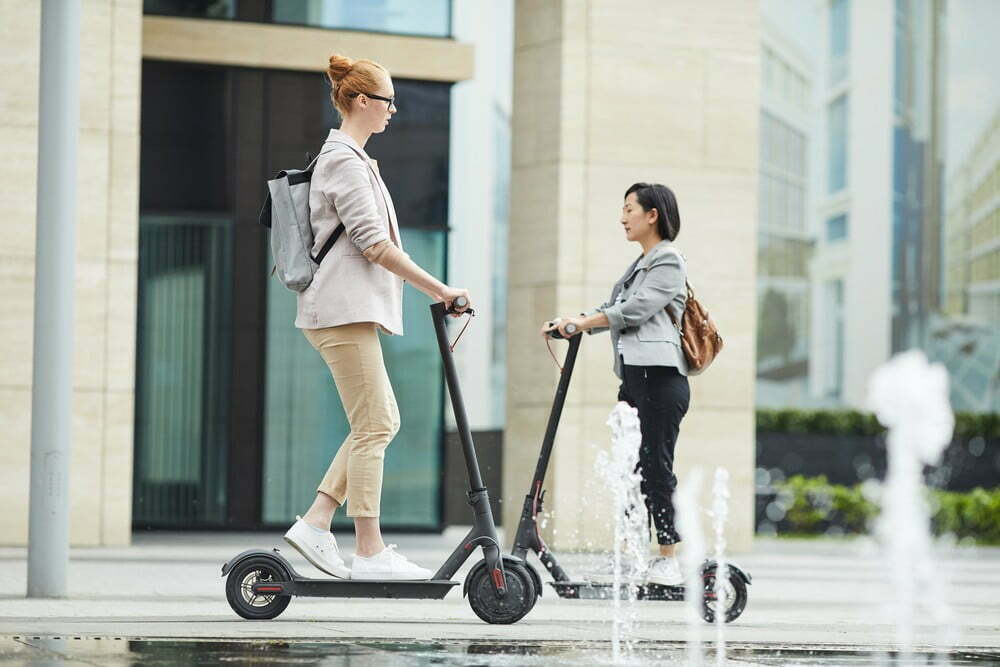
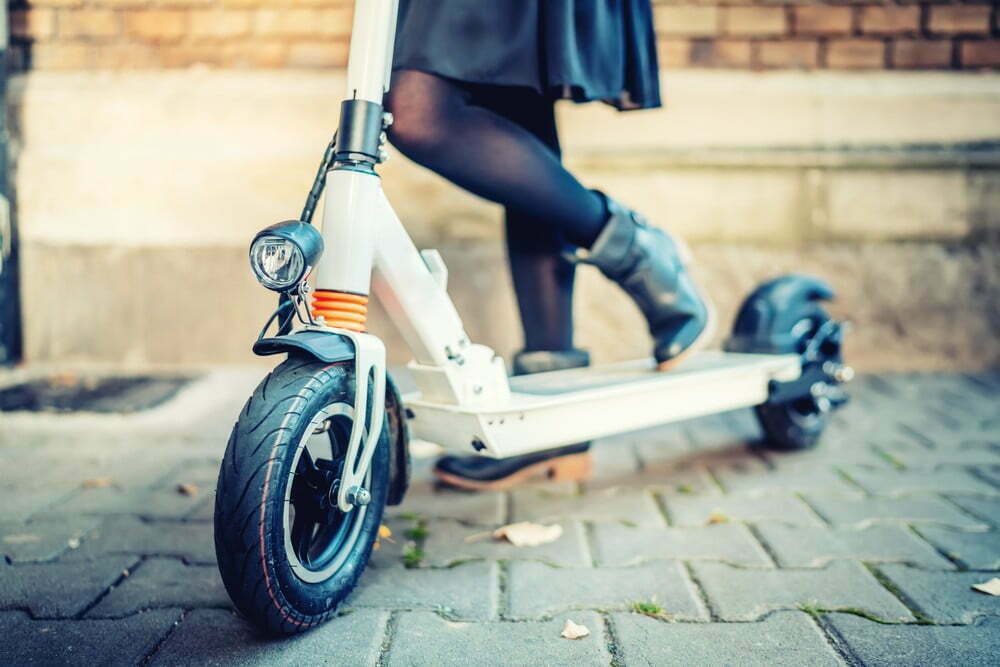
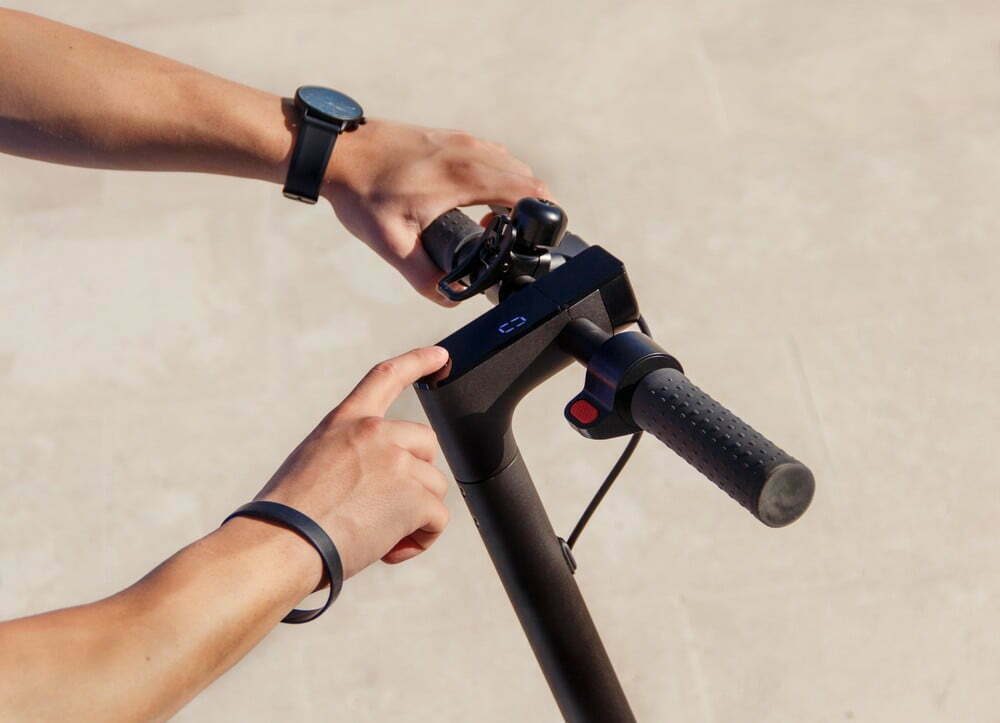
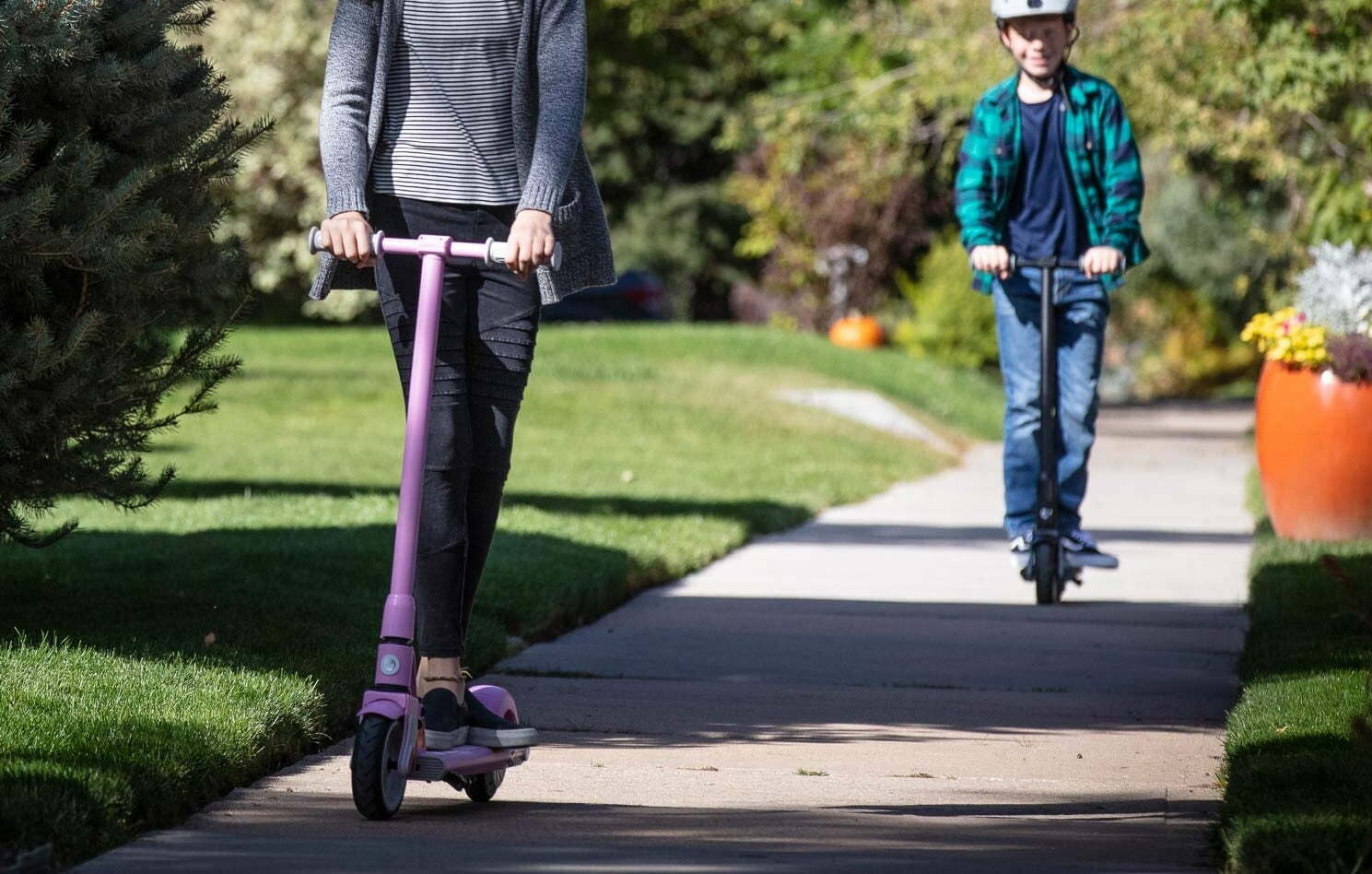
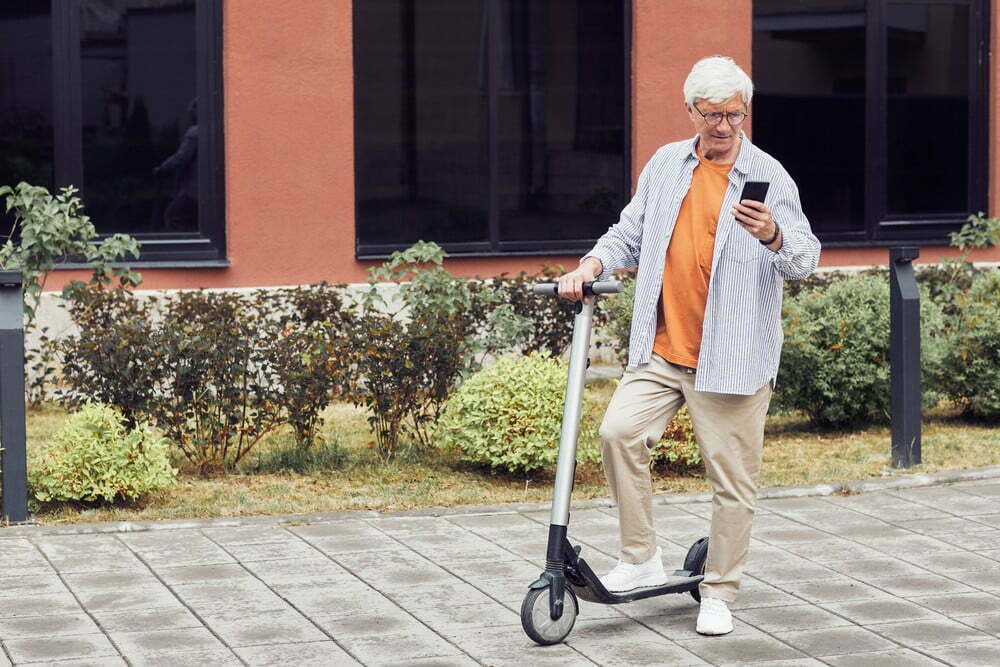

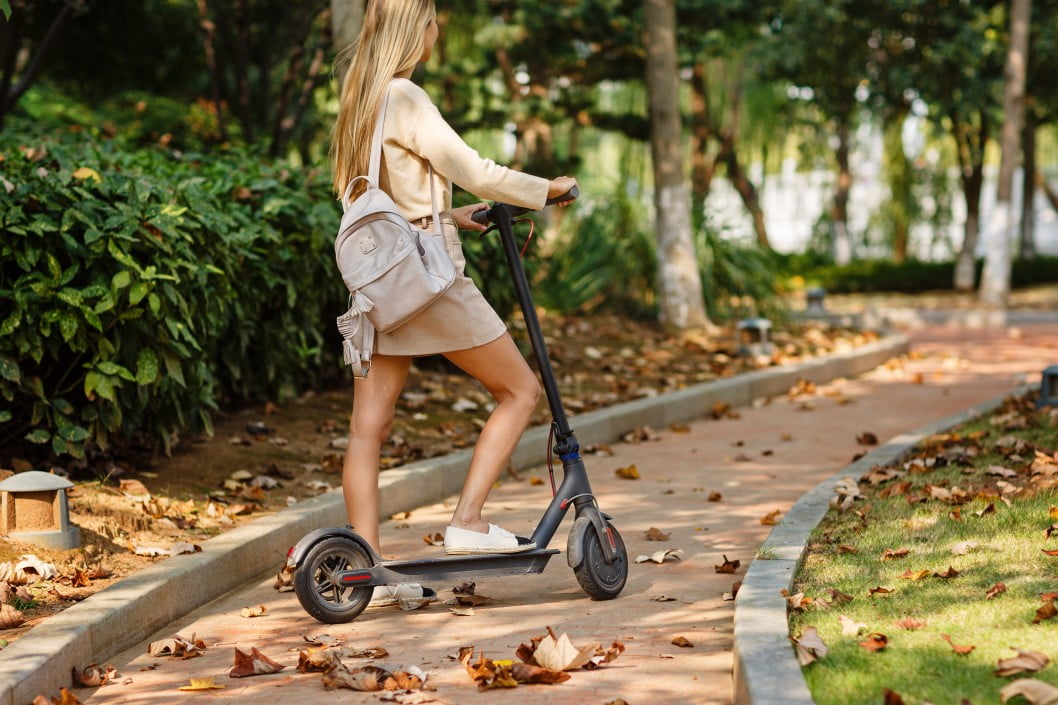
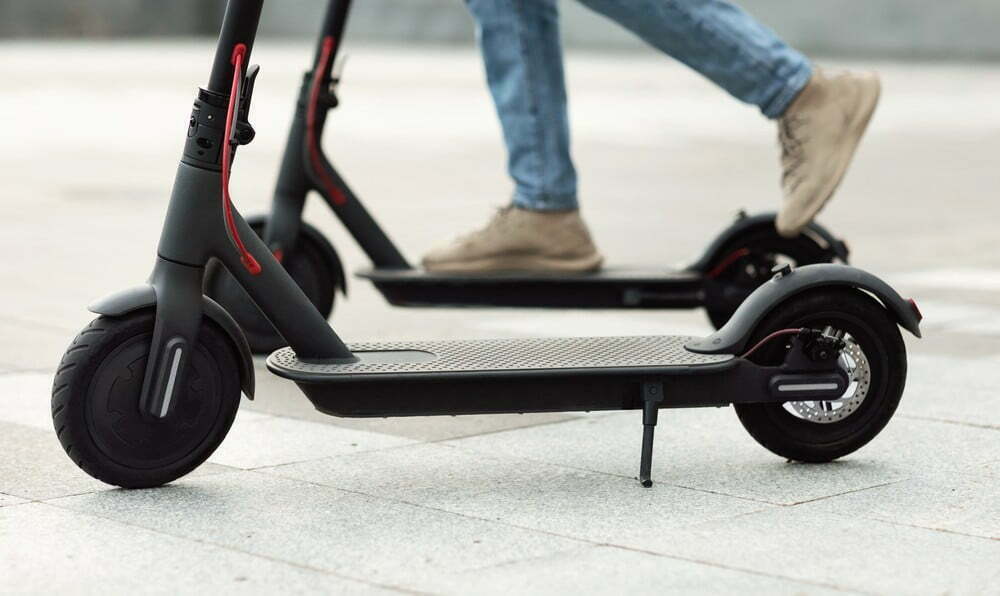
![Best Waterproof Electric Scooters in [year] 27 Best Waterproof Electric Scooters in 2025](https://www.gadgetreview.dev/wp-content/uploads/best-waterproof-electric-scooter-image.jpg)
![Fastest Electric Scooters for Adults in [year] 28 Fastest Electric Scooters for Adults in 2025](https://www.gadgetreview.dev/wp-content/uploads/fastest-electric-scooter-for-adults-image.jpg)
![Best Dual Motor Electric Scooters in [year] 29 Best Dual Motor Electric Scooters in 2025](https://www.gadgetreview.dev/wp-content/uploads/best-dual-motor-electric-scooter-image.jpg)
![Best Electric Scooters with Suspensions in [year] 30 Best Electric Scooters with Suspensions in 2025](https://www.gadgetreview.dev/wp-content/uploads/best-electric-scooter-with-suspension-image.jpg)
![What Is the Lightest Electric Scooter in [year]? 31 What Is the Lightest Electric Scooter in 2025?](https://www.gadgetreview.dev/wp-content/uploads/what-is-the-lightest-electric-scooter-image.jpg)
![Best Electric Scooters for College Students in [year] 32 Best Electric Scooters for College Students in 2025](https://www.gadgetreview.dev/wp-content/uploads/best-electric-scooters-for-college-students-image.jpg)
![Best Gotrax Electric Scooters in [year] 33 Best Gotrax Electric Scooters in 2025](https://www.gadgetreview.dev/wp-content/uploads/best-gotrax-electric-scooters-image.jpg)
![Best Helmets for Electric Scooter in [year] 34 Best Helmets for Electric Scooter in 2025](https://www.gadgetreview.dev/wp-content/uploads/best-helmet-electric-scooter-image.jpg)
![Best Electric Scooter Gloves in [year] 35 Best Electric Scooter Gloves in 2025](https://www.gadgetreview.dev/wp-content/uploads/best-electric-scooter-gloves-image.jpg)
![Best Phone Holders for Electric Scooter in [year] 36 Best Phone Holders for Electric Scooter in 2025](https://www.gadgetreview.dev/wp-content/uploads/best-phone-holder-for-electric-scooter-image.jpg)
![Best Lights for Electric Scooter in [year] 37 Best Lights for Electric Scooter in 2025](https://www.gadgetreview.dev/wp-content/uploads/best-lights-for-electric-scooter-image.jpg)
![Best Electric Scooter Horns in [year] 38 Best Electric Scooter Horns in 2025](https://www.gadgetreview.dev/wp-content/uploads/best-electric-scooter-horn-image.jpg)
![Best Electric Scooter Knee Pads in [year] 39 Best Electric Scooter Knee Pads in 2025](https://www.gadgetreview.dev/wp-content/uploads/best-electric-scooter-knee-pads-image.jpg)
![Best Electric Scooter Elbow Pads in [year] 40 Best Electric Scooter Elbow Pads in 2025](https://www.gadgetreview.dev/wp-content/uploads/best-electric-scooter-elbow-pads-image.jpg)
![Best Long Range Electric Scooters in [year] 41 Best Long Range Electric Scooters in 2025](https://www.gadgetreview.dev/wp-content/uploads/best-long-range-electric-scooter.jpg)
![Best Electric Scooter in [year] ([month] Reviews) 42 Best Electric Scooter in 2025 (December Reviews)](https://www.gadgetreview.dev/wp-content/uploads/best-electric-scooter-image.jpg)
![10 Best Folding Electric Scooters in [year] 43 10 Best Folding Electric Scooters in 2025](https://www.gadgetreview.dev/wp-content/uploads/best-folding-electric-scooters.png)
![10 Best Off Road Electric Scooters in [year] 44 10 Best Off Road Electric Scooters in 2025](https://www.gadgetreview.dev/wp-content/uploads/best-offroad-electric-scooter.jpg)
![10 Best Electric Scooters With Seat in [year] 45 10 Best Electric Scooters With Seat in 2025](https://www.gadgetreview.dev/wp-content/uploads/best-electric-scooters-with-seat.jpg)
